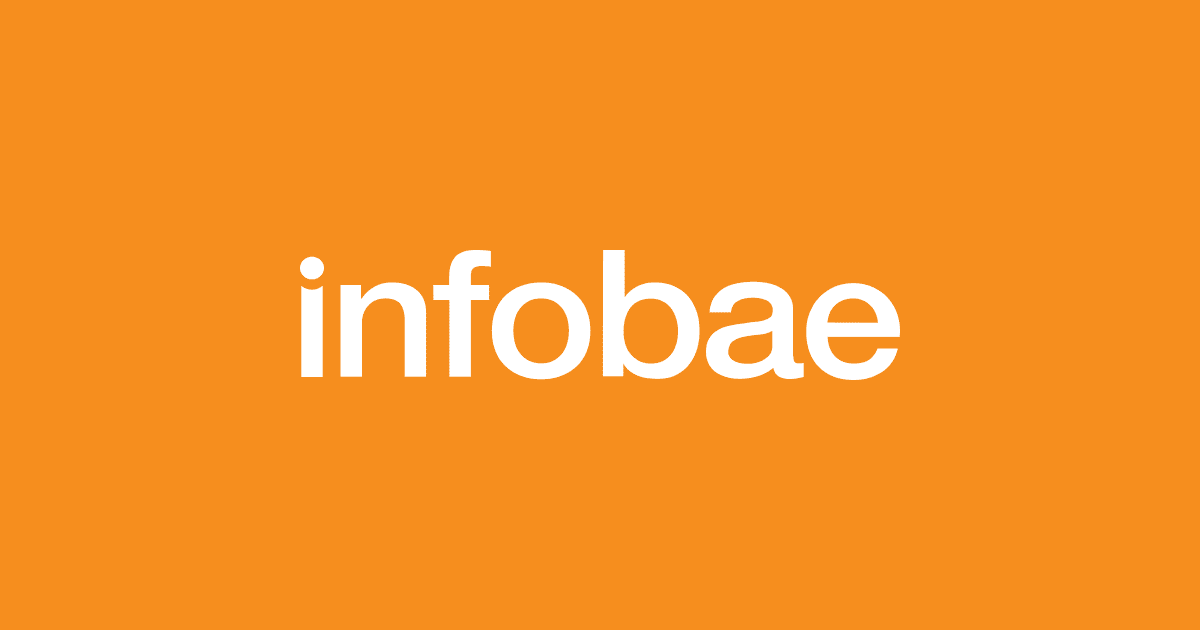In the age of ChatGPT, everyone is raving about the performance of modern computing and what it will bring to our lives. This is to quickly forget that computer code is an asset that ages, gets corrupted and requires an increasing level of maintenance to continue to function. However, many processes in our daily lives are based on obsolete computer code, which constitutes a massive risk for the continuity of these services. In the same way that we neglect our physical infrastructures, bridges, roads, sewers, we neglect our immaterial infrastructures.
By the time of the 2022 holiday season, Southwest Airlines, the second-largest US airline by domestic passenger volume, canceled more than 15,000 flights. If a winter storm was the spark of this dramatic failure, it was the obsolescence of software systems that was exposed. From Wednesday December 21 to Sunday December 25, 2022, Southwest canceled approximately 25% of its flights. On December 26, more than 50% of trips were cancelled. That day, Southwest initiated a mass reset of its computer system. The airline was already known for the poor quality of its IT tool; the modernization of crew planning was even a demand of the union of flight attendants. The union had warned a month earlier that the company was one router outage away from complete collapse.
At the beginning of January 2023, it was a failed update to the take-off authorization system of the American sky regulator, the Federal Aviation Administration (FAA), which led to the delay of 9,600 flights and the cancellation of 1,300 others. Air transport is not the only victim of such setbacks. A few days ago, the New York Stock Exchange (NYSE) saw stocks move erratically before suspending trading. The cause of this earthquake is simple. After the 9/11 disaster, the NYSE was forced to maintain a primary site and a backup site located in Chicago. Routine maintenance was in progress on the backup site software, and it was not disabled. As a result, the two sites worked together, creating the bug that embarrassed traders.
The NYSE coyly called the incident a human error, but the mere fact that the two systems could run in parallel shows that the underlying computer code suffers from poor design. We could extend the list ad infinitum, with a particularly high risk in the public sector, major infrastructure or even finance. The increase in cybercrime and cyberterrorism obviously increases the risks associated with these aging IT infrastructures. This is one of the reasons why hackers so easily penetrate hospitals and hold them to ransom. But we can also mention this water treatment plant in Florida in 2021 and the Colonial pipeline in 2022, victims of obsolete computer systems.
The use of third-party companies that produce software by subscription called SaaS is a way to limit these risks. They are constantly maintained and rely on better protected remote servers. Thus, unlike its competitors who used business planning software developed and maintained by third parties, Southwest relied on two proprietary and internally maintained software, SkySolver and Crew Web Access. But SaaS products, because they are similar across all customers, cannot address all of the specific processes and use cases that a large enterprise may have. Also a continuous investment is necessary. However, the IT budget is not immune to cost reduction exercises in many companies operating in competitive sectors.
The number of full-time software developers and engineers at Southwest fell 27% from 2018 to 2021, while total employment at the airline was down just 6% over the same period. Traditional companies also face an attractiveness problem, with tech giants swallowing up all the available talent. But the recent massive layoffs among the latter and the growing number of computer science students undoubtedly offer some reason for hope.

